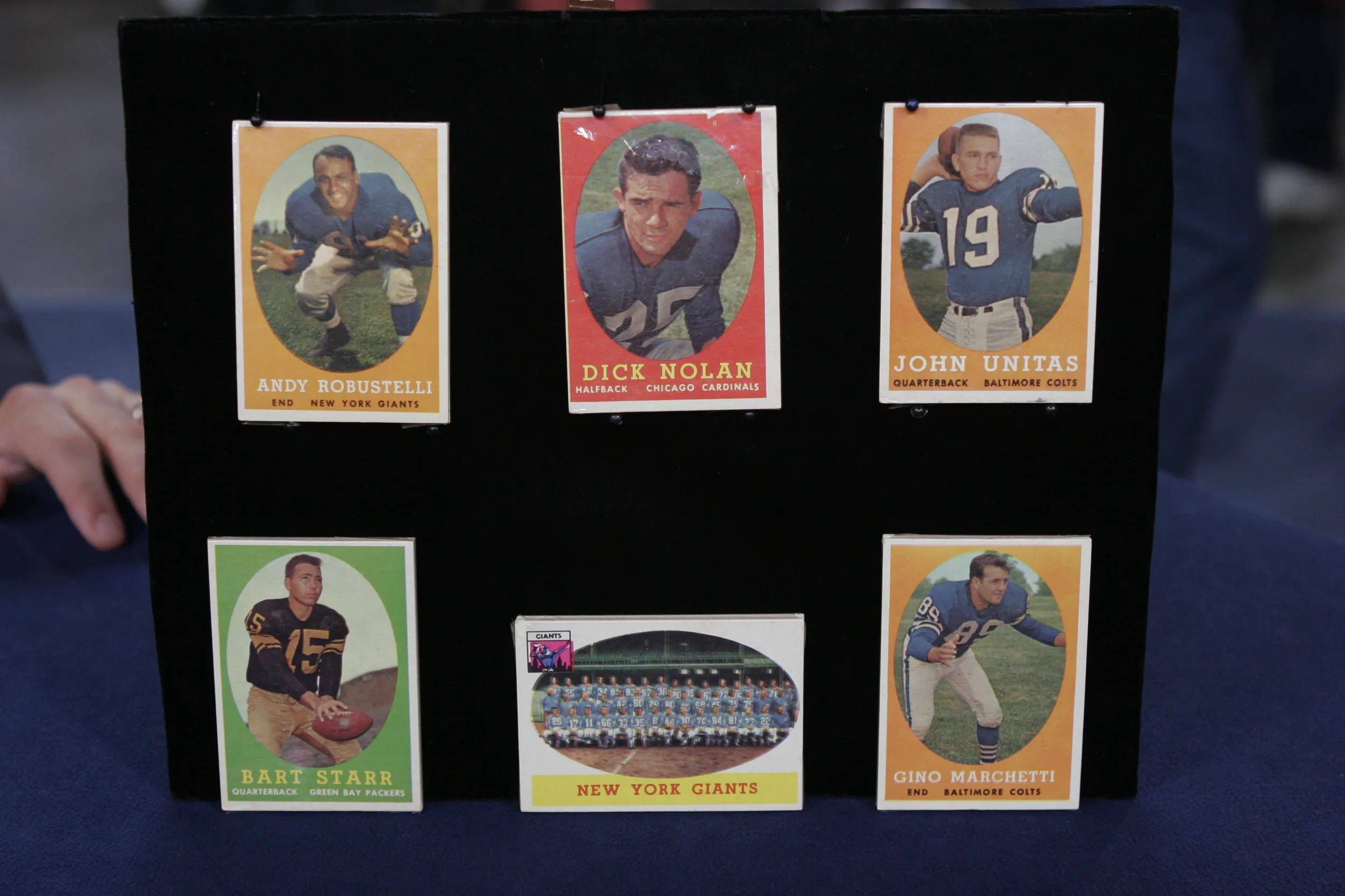GUEST: Both of the items were my grandfather's. He came here in 1888 from a little town in Bohemia called Nickelsdorf. They were in his trunk. He was 11 years old when he came to the United States.
APPRAISER: They're what we call window cards. Each one of them has a metal strip across the top and across the bottom. And, also, in that metal strip, there's a little loop. And this was actually used to hang it in shop windows. Now, both of these are bicycle advertisements, so we have to imagine they were hung in the windows of bicycle shops to promote the wares that were being sold inside. And they're both printed by a process called chromolithography, which was very prevalent in Germany in the 1890s, which is consistent with the date of your grandfather's trip to America. And I've done a little bit of research, and I've spoken with many of my colleagues here at the ROADSHOW, and I've mentioned them, the names Naumann, and I've mentioned the names Helical, and no one's ever heard of them. And so what this says to me is that these are bicycles that were mass-produced in Germany, but the companies then went out of business. But from a collectible point of view, that's not where the interest lies in these pieces, nor is that where the value lies. Now, in the 1890s, bicycles were the hottest seller, basically in any market. And specifically, bicycles were marketed to women. And you'll see in both of these posters, the main subjects are women. In this poster nearest to me, you actually see two very affluent, well-dressed, stylish women out for perhaps a Sunday afternoon ride in the park. In the poster closer to you, not only do we see an emancipated woman who has gone for a ride with a man in the countryside-- which would have been a fairly risquè idea in the 1890s-- but if you look at her pose, she is a very self-confident, a very modern woman. But there is actually a poster within the poster, because we see here in the background something that's called a poster kiosk, which in Europe during the 1880s and 1890s, were basically used as billboards for people to hang up their posters and to advertise. So here you actually see another advertisement for the bicycle company on the kiosk in the back. Each of these posters has a blank space on the bottom. And that would have been left for the individual stores to fill in their information. Naumanns bicycle and Helical bicycle, they would have printed these posters in fairly large numbers. Neither of these two posters is signed, and a poster of such high quality, you think, would be attributed to a really great artist. But the Germans who were making these chromolithographs were such great craftsmen, that at the printing plant, the printers were all artisans themselves and they designed these posters. And even though these posters have the metal strips on them, this is not considered a problem. This is considered part of their authenticity. If I had these two pieces at auction, as a pair, I would estimate them at $3,000 to $4,000.
GUEST: Wow.
APPRAISER: Even though they were printed in large numbers, I've actually never seen either one of these two before. And the chances are that price could go higher at auction.
GUEST: Really?









